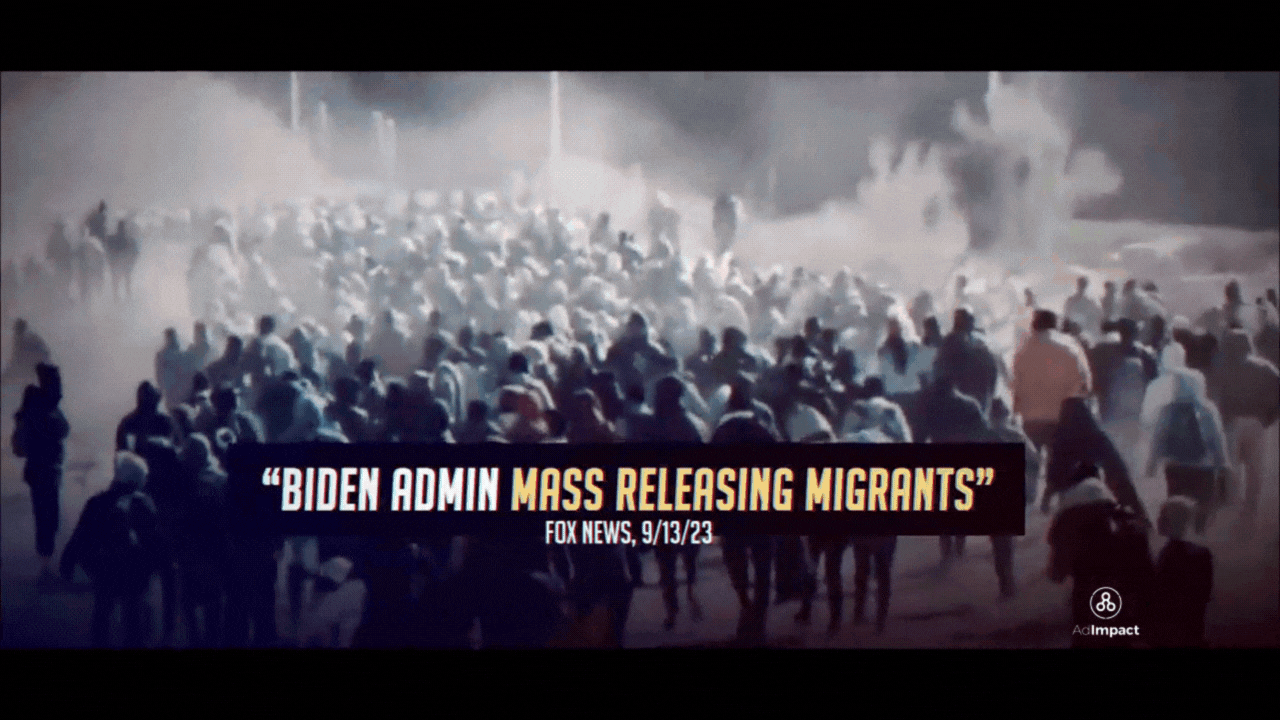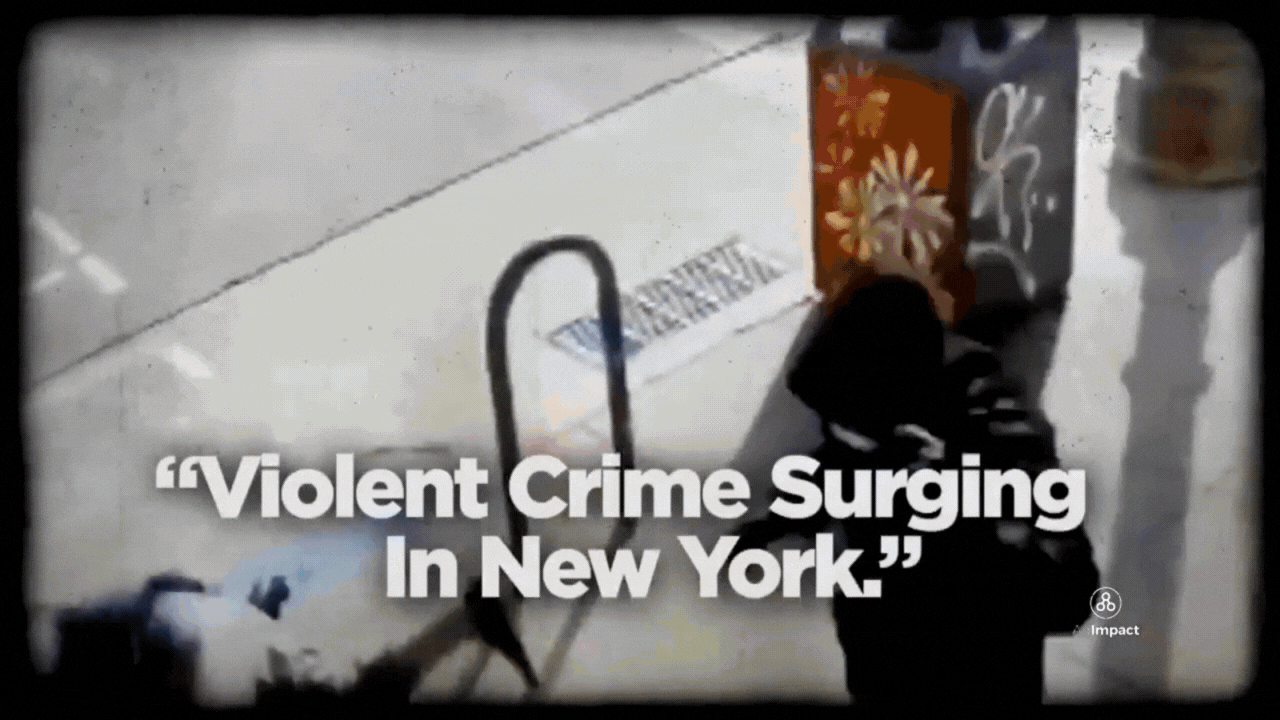Election cycle after election cycle, politicians exploit voters’ valid fears about safety, stability, and security with Willie Horton-style attacks on their opponents, branding them “soft” or “weak” on these fundamental issues that matter to all Americans. Poll after poll finds that voters in this cycle—across political affiliation, geography, age, race, or other demographics—believe that the “crime situation” is more serious today than in previous years and, increasingly, immigration is a top concern. In 2024, Republicans are especially leaning into this line of attack, spending more than $167 million advertising on these fear-driven issues in the first half of the year alone according to media-tracking firm AdImpact.
This report highlights five key takeaways from political ad spending and polling on crime and immigration in recent election cycles. All ad data was provided by AdImpact and commissioned by Vera Action.

